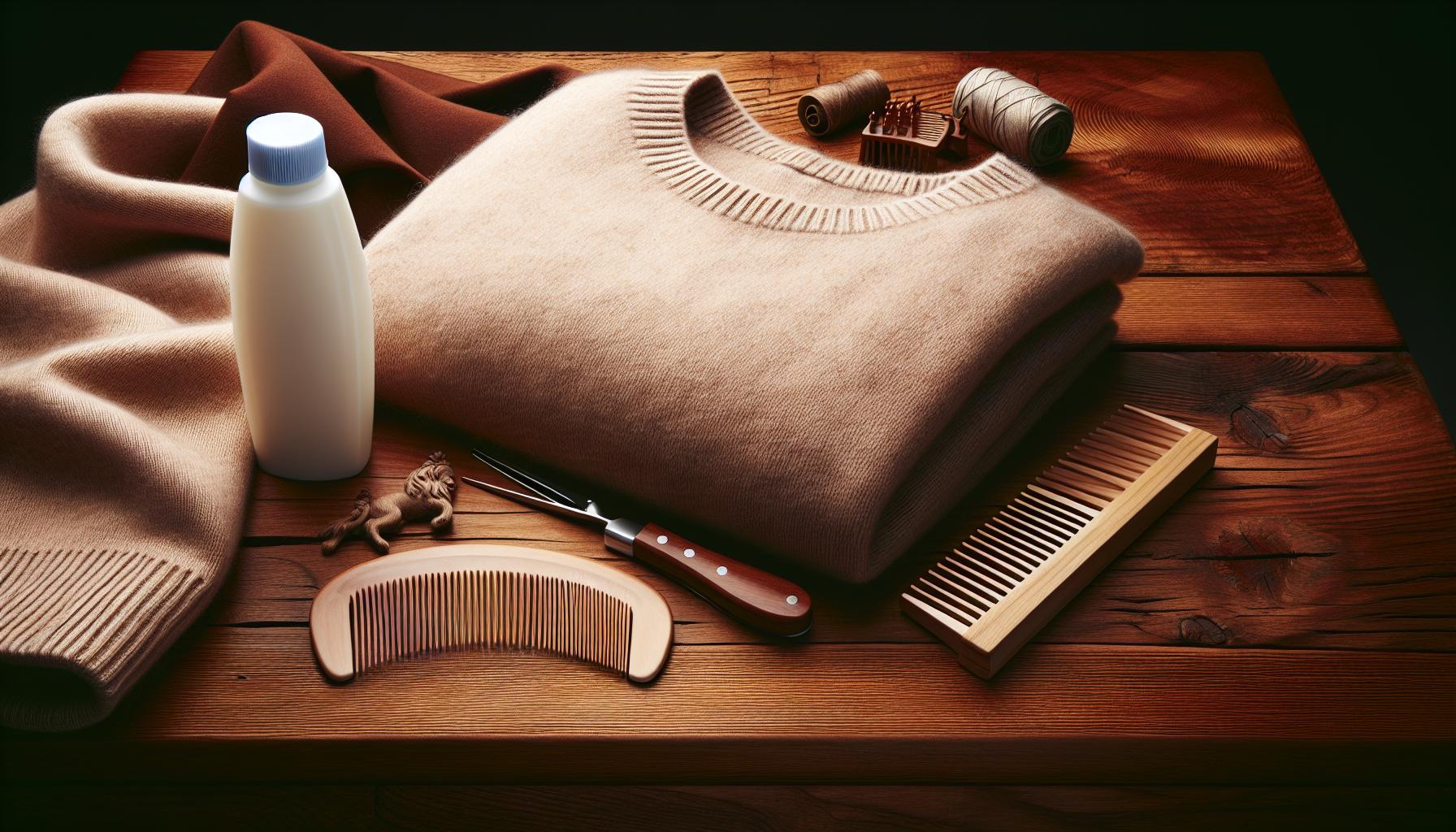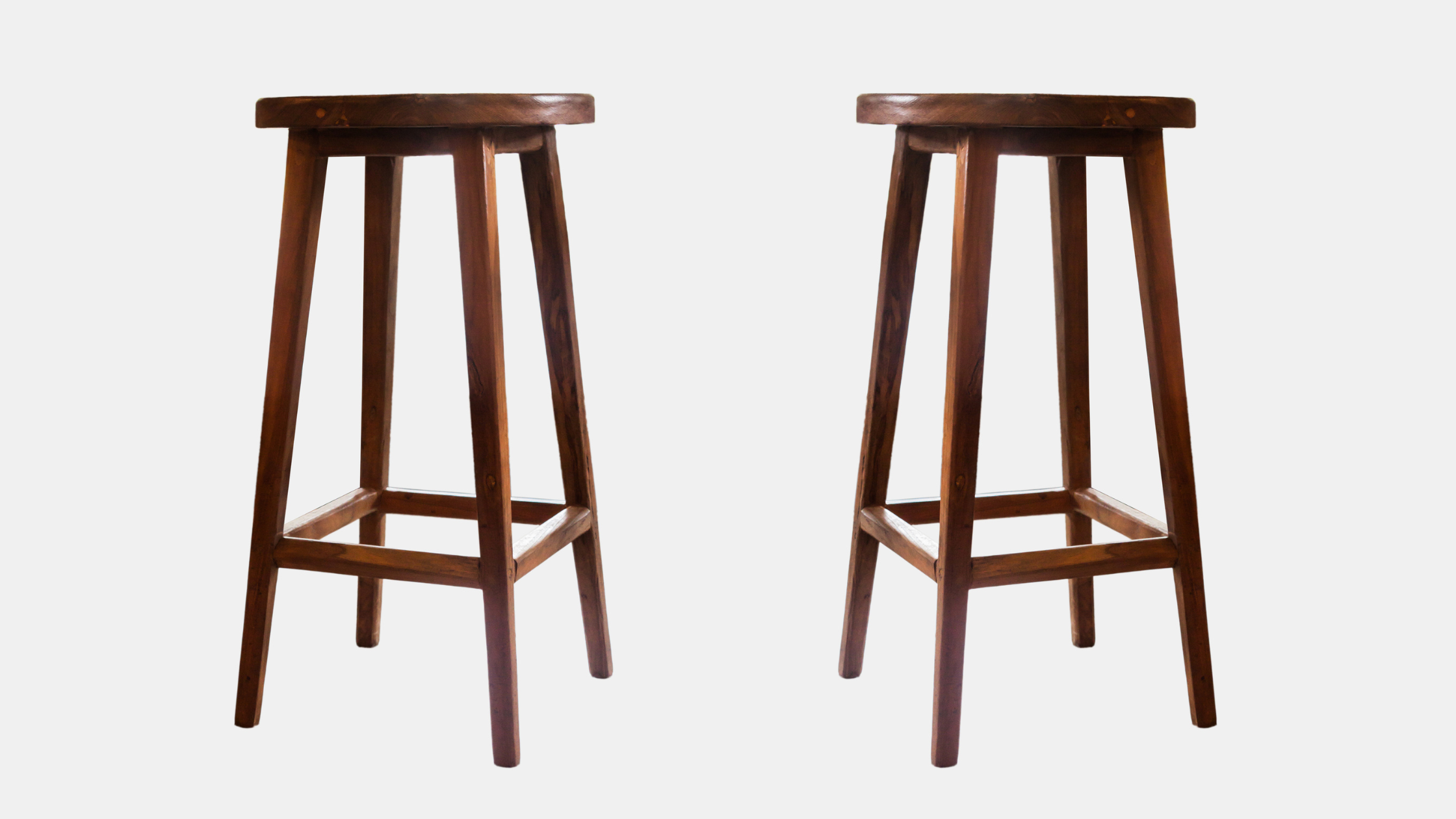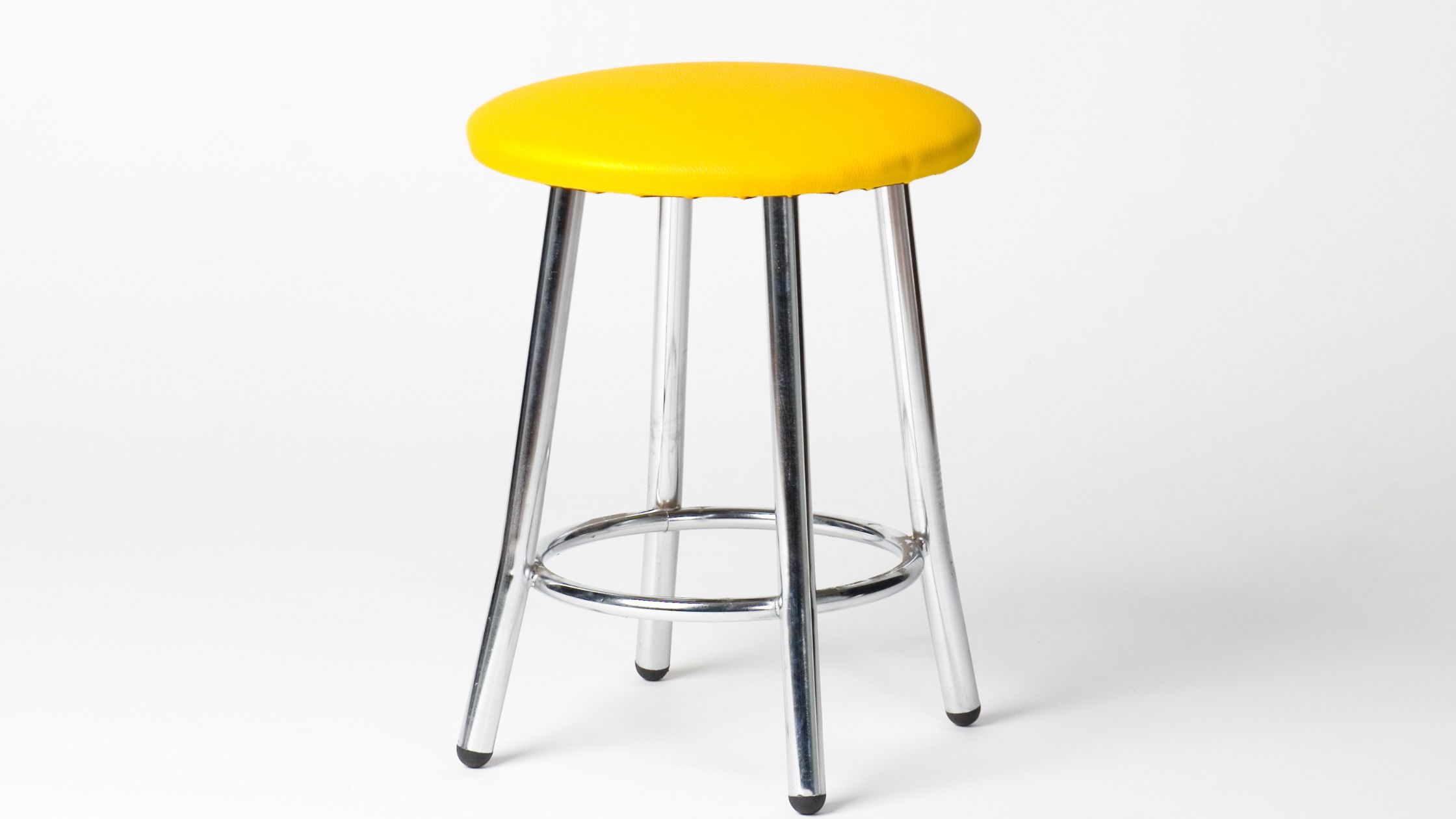Assembling a printed circuit board (PCB) is a crucial skill for anyone venturing into electronics. It’s not just about connecting components; it’s about creating reliable and efficient devices that power our daily lives. This guide will walk through the essential steps and best practices for PCB assembly, ensuring a successful project from start to finish.
Understanding PCB Assembly
PCB assembly involves integrating electronic components onto a printed circuit board to create functional devices. This process requires precision and knowledge of various methods and techniques to ensure reliability and performance. Working with a trusted pcb assembly manufacturer like OurPCB can further streamline the process, offering expertise and high-quality assembly for both small-scale and large-scale projects.
What Is PCB Assembly?
PCB assembly refers to the combination of electronic parts with a PCB through processes like soldering. This includes surface mount technology (SMT) and through-hole technology, where components attach to the surface or through holes on the board. The assembly process encompasses multiple stages, including component placement, soldering, inspection, and testing, ensuring all parts function as intended.
Importance of PCB Assembly
PCB assembly plays a critical role in electronics production, affecting functionality, durability, and cost. High-quality assembly ensures that devices operate efficiently, decreasing the likelihood of failures. Effective assembly can improve the reliability of consumer products, industrial equipment, and medical devices. Precision in this stage also facilitates compliance with industry standards, ultimately influencing the lifecycle and performance of electronic products.
Tools and Materials Needed

Assembling a printed circuit board (PCB) requires specific tools and materials for successful completion. Using the right equipment ensures precision and efficiency throughout the assembly process.
Essential Tools for Assembly
- Soldering Iron: This tool heats up and melts solder to create electrical connections between components and the PCB.
- Tweezers: Fine-tipped tweezers assist in placing small components accurately on the board.
- Wire Cutters: They help trim excess leads from components, ensuring a clean finish.
- Soldering Wire: Flux-cored solder wire provides the necessary material for connections, aiding in electrical conductivity.
- Multimeter: This device measures voltage, current, and resistance, allowing for testing and troubleshooting during assembly.
- PCB Holder: A holder keeps the board steady, allowing for easier handling while soldering or installing components.
- Magnifying Glass or Microscope: These tools improve visibility of intricate components, aiding in precision during assembly.
- Electronic Component Distributors: Companies like Digi-Key, Mouser, and Newark offer a vast selection of components, ensuring high quality and availability.
- Manufacturer Direct: Purchasing directly from manufacturers may provide access to original components at competitive prices.
- Local Electronics Stores: These can be valuable for obtaining immediate supplies and materials for smaller projects.
- Online Marketplaces: Websites like eBay and Amazon offer a wide range of components, but quality verification is essential.
- Technical Specification Sheets: These documents provide crucial information about component durability, voltage, and compatibility, aiding informed purchasing decisions.
- Salvage and Reclaim Shops: Salvaged components from old electronics can be cost-effective but require careful inspection for functionality.
Step-by-Step Guide to Assemble PCB
Assembling a printed circuit board (PCB) requires careful attention to detail and a systematic approach. Following these steps ensures a successful assembly process.
Preparing the Workspace
Establish a clean, organized workspace for PCB assembly. An appropriate area includes good lighting and minimal distractions, promoting focus. Use anti-static mats to prevent damage to sensitive components. Gather all necessary tools and materials to streamline the process.
Placing Components on the PCB
Identify and sort components based on their designated positions on the PCB. Use fine-tipped tweezers for precise placement of small components. Ensure components align correctly with the PCB markings before securing them. This step helps avoid errors during soldering and enhances overall assembly quality.
Soldering Techniques
Utilize a soldering iron set to the appropriate temperature, typically between 350°C and 400°C. Apply solder to the joints, ensuring a strong electrical connection. For surface mount components, consider using solder paste and a stencil for accuracy. Heating the PCB uniformly during soldering prevents warping and improves joint strength.
Testing the Assembled PCB
Conduct functionality tests on the assembled PCB. Use a multimeter to check for continuity and proper voltage levels across components. Inspect solder joints for quality and integrity, identifying any missed connections or solder bridges. Testing ensures the PCB operates as designed, confirming successful assembly before deployment.
Common Mistakes to Avoid
Avoiding common mistakes during PCB assembly improves the efficiency and reliability of electronic devices.
Misalignment of Components
Misalignment of components occurs frequently during assembly. It leads to poor electrical connections and potential device failure. Ensure careful placement of each component within designated pads. Cross-referencing schematic diagrams helps verify correct orientations. Additionally, using a PCB holder maintains stability. Inspect the placement visually before soldering to catch misalignments early.
Overheating During Soldering
Overheating during soldering damages components and PCB traces. Use a temperature-controlled soldering iron set between 350°C and 400°C. Prolonged contact between the iron and components increases the risk of damage. Maintain quick soldering motions to minimize heat exposure. Soldering in quick bursts also prevents excess solder from pooling. Monitoring temperatures and using appropriate techniques preserves component integrity and ensures quality solder joints.
Conclusion
Mastering PCB assembly is a valuable skill for anyone in the electronics field. By understanding the essential steps and best practices outlined in the article, individuals can create reliable and efficient devices.
Proper tools and techniques play a crucial role in ensuring successful assembly. Attention to detail during component placement and soldering can prevent common mistakes that lead to device failure.
With practice and adherence to industry standards, anyone can improve their PCB assembly skills, resulting in high-quality electronic devices that meet consumer and industrial needs. Embracing this knowledge opens up a world of possibilities in electronics design and production.
Frequently Asked Questions
What is PCB assembly, and why is it important?
PCB assembly is the process of integrating electronic components onto a printed circuit board (PCB) to create functional devices. It’s crucial because it ensures reliability, functionality, and efficiency in electronic devices used in everyday life.
What are the main steps in the PCB assembly process?
The main steps in PCB assembly include component placement, soldering, inspection, and testing. Each stage is essential for ensuring that all parts function correctly and meet quality standards before deployment.
What tools are essential for PCB assembly?
Essential tools for PCB assembly include a soldering iron, fine-tipped tweezers, wire cutters, soldering wire, a multimeter, a PCB holder, and magnifying tools. These tools help ensure precision and quality during the assembly process.
How can I obtain electronic components for PCB assembly?
You can obtain electronic components from electronic component distributors, local electronics stores, manufacturer direct purchases, online marketplaces, technical specification sheets, or salvage shops for cost-effective options.
What common mistakes should I avoid during PCB assembly?
Common mistakes include misalignment of components, overheating during soldering, and poor workspace organization. To avoid these issues, ensure careful component placement, use a temperature-controlled soldering iron, and maintain a clean work area.
What soldering techniques are recommended for PCB assembly?
For PCB assembly, it’s recommended to use a soldering iron temperature between 350°C and 400°C and apply solder paste for surface mount components. Quick soldering motions help preserve component integrity and ensure quality solder joints.
How do I test a PCB after assembly?
After assembly, you can test the PCB using a multimeter. This allows you to check for functionality and inspect solder joints for quality, confirming successful assembly before putting the device into use.














